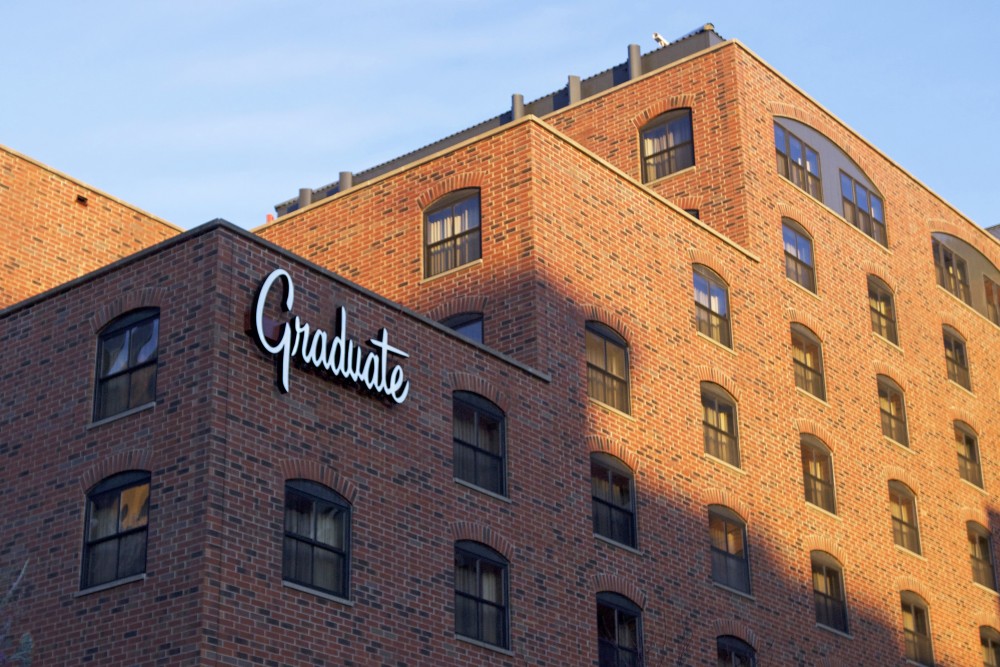Around 5:45 a.m. on Jan. 29, students, their parents and faculty members at the University of Minnesota were alerted of an incident at the Graduate Hotel.
The incident turned into a 38-hour standoff between police and a man residing in the hotel. A campus emergency announcement system called SAFE-U Alerts notified students throughout the standoff until it ended in the afternoon on Jan. 30.
“These alerts come out of emergency situations,” said Mike Berthelsen, vice president of University services. “Our goal is always to try and identify the right information, and to get it to the people who need it as soon as we can when we know enough accurate information.”
Students received text message, email and phone call alerts from the SAFE-U system during the standoff.
Since the incident, new features have been added to the SAFE-U system. Students and faculty members can now choose which method of alert they prefer. Those that want the email, text and phone alerts can also pick the order in which they receive them. Notifications can be set for coordinate campus incidents too.
“We want to give people choices about that. The attention from the event [at] the Graduate Hotel will help us ask students how they’d like to be communicated to,” Berthelsen said.
Lisa Dressler, director of emergency management, said certain means of notification may be more accommodating for some students.
“For people who are visually impaired, they might want the phone calls, and that might be the first priority that they pick,” Dressler said.
Notifications can be changed in MyU by clicking the “My Info” tab, and then scrolling to the box labeled SAFE-U Alerts. A self-help guide is on the website with more information.
SAFE-U alerts are used when the University needs the campus to take specific actions. As the Graduate Hotel standoff continued last week, the University of Minnesota Police Department chose to deploy the system.
“They said it was going to require people to behave differently, so we needed campus to adjust their practices and their actions,” Berthelsen said.
UMPD started preparing information to share with the campus community a few hours after the standoff began, which was then sent to University Relations and Berthelsen to include in the SAFE-U alerts.
The number of SAFE-U messages sent to students is determined by emergency services. In this case, three were sent out, but the MyU homepage was updated more frequently.
“I think in the first message, we probably didn’t give people enough details to understand what was happening,” Berthelsen said. “We learned through each of these messages by the feedback we get from people.”
University Services can send out further messages with timely warnings, neighborhood safety updates and public safety updates.
“The timely warnings, neighborhood safety updates and public safety updates aren’t run through the same system. Those are run through public safety [personnel],” University spokesperson Lacey Nygard said.
SAFE-U allows for fewer characters than typical warnings, Dressler said, so the messages must be concise. SAFE-U is used over other crime alerts when more serious incidents occur.







